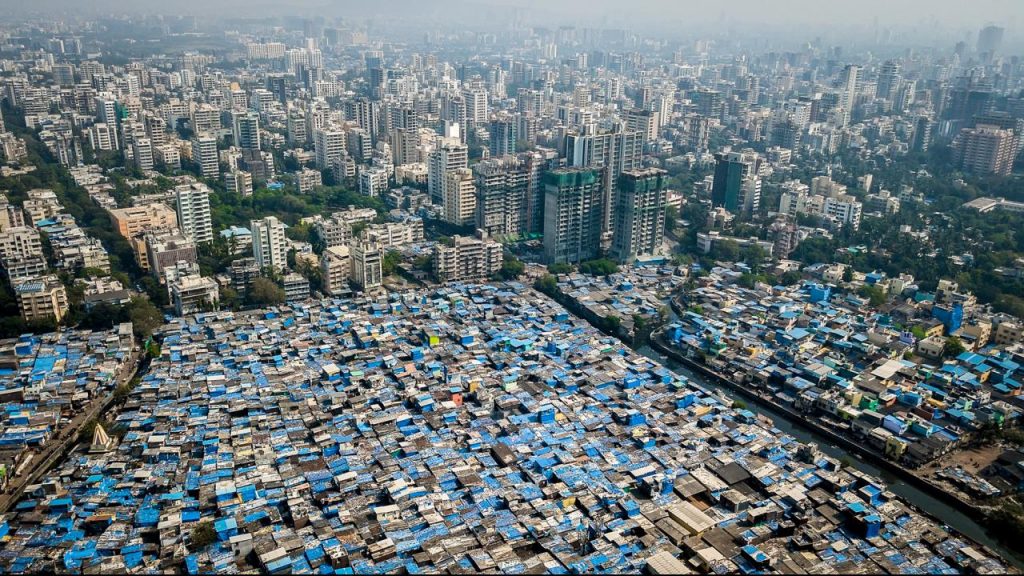Countries like India are witnessing a very fast migration of population from rural areas to urban areas. It is also showing in the reducing weightage of agriculture in the GDP. This has been a phenomena observed worldwide – today’s developed world had seen it in the middle of last century coinciding with the industrial revolution. There are lessons to be learnt from those examples and plan for it in advance. Communities across country will be compelled to adopt technologies and processes keeping this reality in perspective.

Urbanisation – Opportunity for smart growth
With more and more of population living in cities, urbanization is bringing in significant changes to social and economic structure of these. It’s also exerting significant pressure on infrastructure and resources and potentially opening the door to urban catastrophe if prior planning is not done. At the same moment, it gives local governments an opportunity to plan and correct the infrastructural and social disparities of past.
If cities don’t work for entrepreneurs, employers, and citizens in the same breath, then the related flows of trade, technology, infrastructure and employment will be squeezed. Creating a master plan of fast growing cities, taking into account also the rural areas that it is likely to swallow, is just the first step. If administrations can harness data-driven intelligence to identify appropriate opportunities and priorities and create a smart plan it will ensure an equitable and futuristic development. Another opportunity which this phenomena offers is to get the data of all the various departments to talk to each other through smart algorithms and use it to create a seamless urban perspective. It will help in deploying predictive services ensuring right services to the right population group, at the right time.
Latching on to this idea, a number of cities, ably pushed by central government, have started working to create smart cities, though with varying understanding. Some look at it as use of technology to optimize the urban infrastructure and traffic flow. Others look at it as a push towards initiating smart governance, where policy making is more driven by data and logic and oriented towards its citizens. Some technologically advanced administrators are planning to use Internet of Things (IoT) platforms to monitor city infrastructures, which means managing everything from traffic flows and parking to water and air quality through centrally controlled and data driven approach. Data generated thus, can be used to further enhance environmental sustainability and creation of renewable energy resources.
Most urban centers in India are struggling with a creaking infrastructure and legacy planning issues. Therefore, this opportunity to reorient and plan for fast urbanisation opens new roads to set it right. A data based smart planning will help orient cities around a couple of central themes and can deliver a citizen-centric development. The planning for employment opportunities, future patterns of flow of people and more equitable social development will set these cities on a growth path. If we miss this opportunity now, our cities will end up being chaotic masses which will be a social and economic disaster. The choice between a smart growth and an urban mess is to be made now.

Recent Comments